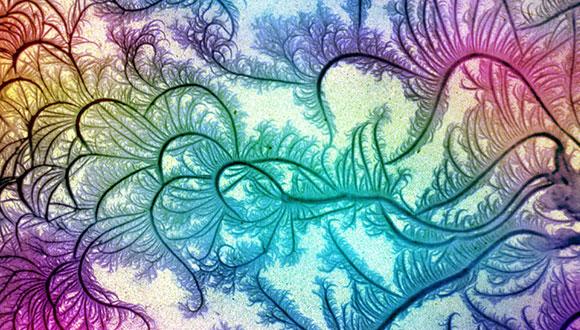סמינר מיוחד בחומר מעובה: The quest for high speed spatial light modulators
Sivan Trajtenberg Mills
Zoom: https://tau-ac-il.zoom.us/j/89168813239
Abstract:
The ability to control and program light is fundamental to science and technology, shaping a vast array of fields from optical communications and microscopy, sensing, and astronomy. For some fields, the slow devices commercially available today, known as spatial light modulators, are a core bottleneck for mature systems – such as 3D holography, imaging through scattering media, and quantum computing.
Motivated by quantum control applications, where atomic or solid state atom-like qubits require high speed addressing in hundreds of sites, and where photonic quantum computing has been explored using spatial modes that require millions of degrees of freedom, I explore the development of high speed spatial light modulators: devices that can control many spatial degrees of freedom of light at high speeds. In this talk I discuss three different platforms that achieve this, each of which offers new advancements and insights: First, a nanophotonic plasmonic modulator with liquid crystals fabricated in a “fabless” bulk CMOS process[1] which can potentially democratize nanophotonics research, as well as allow for multi-layer structures, scalability and electronic integration. Second, a Lithium Niobite on Silicon device, where thin film LN with a guided mode resonance is bonded to a commercial CMOS backplane, allowing for GHz speed modulation arising from the Pockels effect. Finally, a photonic crystal array using specially designed photonic crystal cavities[2], working at ~0.2 GHz. With 64-100 pixels, this demonstration is one of the largest scale foundry made devices ever made. The automated ‘holographic trimming’ achieved a record picometre precision alignment of the cavity resonance for 81 devices.
These works pave the way for programmable control of millions of degrees of freedom of light at high rates.
מארגן הסמינר: ד"ר יוחאי בר סיני


